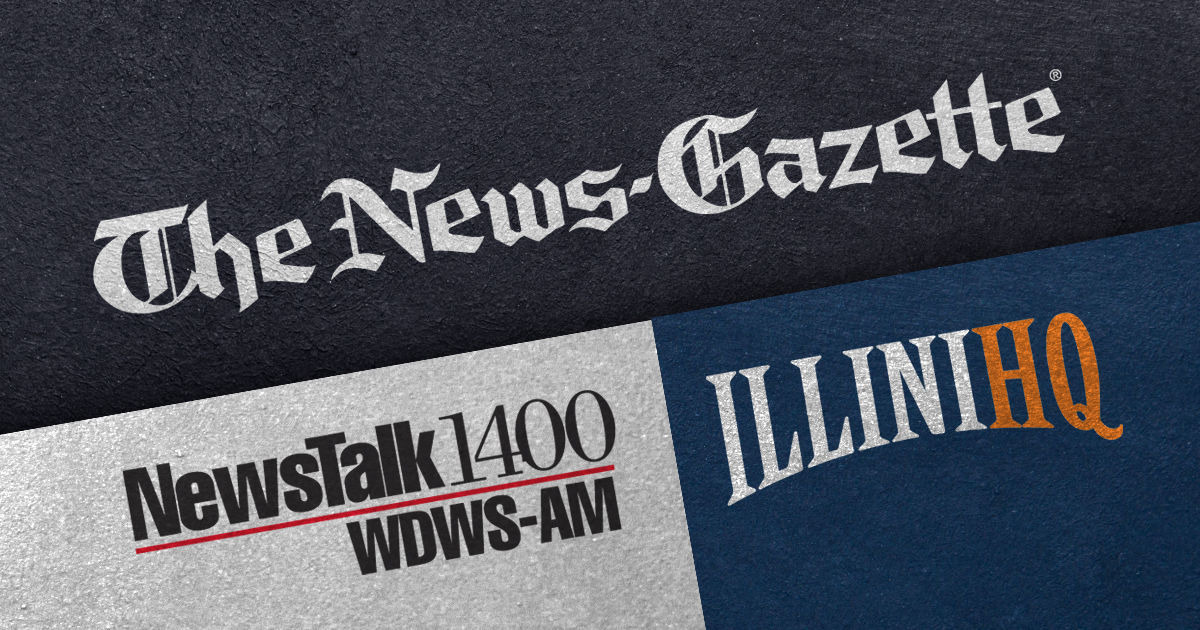It happens every time I go west in the summer, towards the Rocky Mountains. Somewhere near the Iowa
Nebraska border, my mind goes neutral. It happened again three weeks ago.
Late in the afternoon on the first day of our 16-day excursion, my wife and I drove to O’Neill in northeastern Nebraska to spend the night.
The humidity had dropped. Being there reminded me of those dry summer nights growing up near the Kansas-Colorado border as a boy. Come around 9 a.m., even after 100 degree days in July and August, Dad opened the house, turned on the attic fan and said, “We’ll sleep well tonight.”
The next morning we drove west along US 20 in northern Nebraska and passed through Ainsworth, where I lived in sixth grade. The next 200 miles on the way to Fort Robinson State Park near Crawford passed cattle ranches in the sand hills of Nebraska. We spent two days hiking, reading the history of the fort, and marveling at the cliffs where a herd of bison still roam. When our children were little we took them to this old cavalry outpost, where many of the original buildings are now preserved and where the famous Sioux Chief Crazy Horse was killed in 1879.
We left Fort Robinson at
At 6:00 a.m. we had crossed the mining area around Casper, Wyo., And the Wind River Indian Reservation before we stopped in Dubois, where we filled up our ice boxes. For the next hour we climbed through the bridger
Teton National Forest on the way west to Grand Teton National Park.
Suddenly, coming over a hill on the mountain road, the Teton peaks loomed in the distance and greeted us for the eighth time. As we began our descent to the park entrance, a 32-kilometer-wide valley opened up in front of us. When the American explorer David Jackson first saw the huge valley at the foot of the Teton Mountains at the end of the 19th century, he said: “What a hole.” So Jackson Hole.
For the next three days we hiked the park paths. A 4 mile hike began at the trailhead on String Lake. After circling String Lake, the trail climbs 600 feet and takes you high above Jenny Lake, a 250 foot deep glacial lake at the base of Cascade Canyon. Bald eagles and ospreys watched us close to their nests as we followed the trail into Cascade Canyon and up to Hidden Falls before reaching Inspiration Point, where we looked back east over the Jackson Hole Valley 20 miles.
As we left Grand Teton National Park at 5:30 am and headed for Yellowstone National Park, we were greeted by a black bear walking along the highway. At 7:30 a.m. we pulled into one of the 674 parking spaces at the Old Faithful Inn. After breakfast at the hotel, we gathered with a thousand other early risers along the boardwalk to watch the famous Old Faithful geyser show as it does every hour and 40 minutes.
From Yellowstone we drove to Philipsburg, Mont., An old mining town, where we walked the streets for two days and heard some local ones once. At a jewelry store, we paid for a five-gallon bucket of stones. We learned how to wash them and look for sapphires with large tweezers. We found some too and had them sent for cutting and polishing.
We went on to Missoula, where we hiked the strenuous Barmeyer Trail. From above we had a great view of the University of Montana campus. One hundred miles north of Missoula is Flathead Lake on the southern tip of Glacier National Park. Flathead is the largest freshwater lake in the United States west of the Mississippi River and has 200 square miles of water and 185 miles of shoreline. For two days we were in the log cabin of friends who live by the lake. We rode in their speedboat and cooled off while swimming in the 400-foot-deep glacial lake.
From Flathead we drove south through Idaho and took a long walk through the Idaho State University campus in Pocatello, where the campus is at the base of the Bannock Mountain Range. The next morning we passed Salt Lake City and pushed our way to Bryce Canyon and Zion National Parks in southwest Utah.
We hiked the Navajo Loop Trail in Bryce Canyon, ooh-ing and aah-ing at the hoodoos, the distinctive mystical rock formations that arose from centuries of water and wind erosion. From Bryce we entered Zion National Park from the east, drove through the mile-long Zion Mount Carmel Tunnel, and then drove down the harrowing highway with switchbacks and thousand-foot debris. We parked at the visitor center, wandered paths all morning, then sat outside the 1920s Zion National Park Lodge and drank iced tea.
South of Zion and just over the Utah-Arizona border, only one road leads to the north rim of the Grand Canyon. From the Grand Canyon Lodge we watched the sun cast its shadows over the vast canyon. When a cloudless night fell, we sat on the porch and watched a whole sky full of twinkling stars.
When the journey came to an end, I looked up at the sky and thought of this psalm from David: “When I look at the night sky and the work of your hands – the moon and the stars that you have set up – what is it? Mortals that you should think of them, humans that you should take care of them? “

